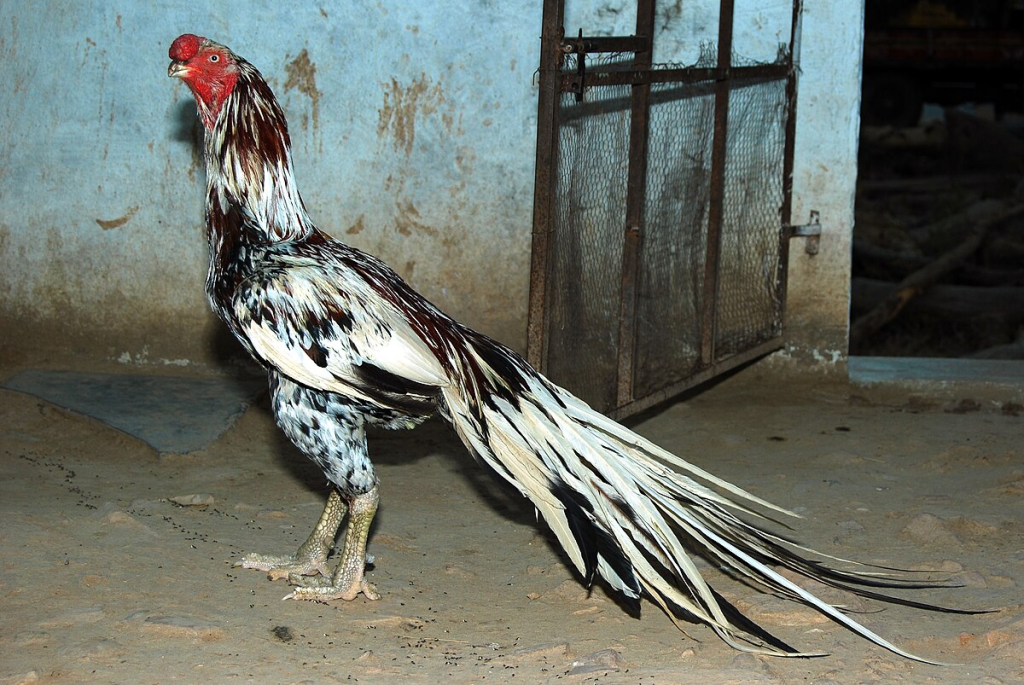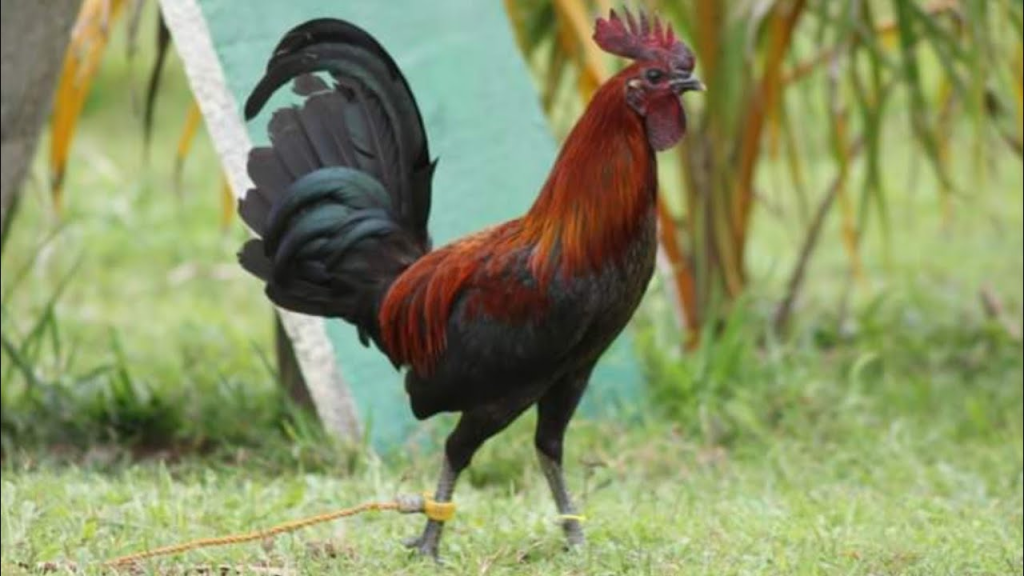Cockfighting in the Philippines and other parts of the world is not only a sport but a legacy of bloodlines, genetics of cockfighting rooster breeds. While most sabungeros know the basics — Hatch, Sweater, Kelso — there exists a handful of rare rooster breeds that remain under the radar. These breeds are prized not just for their performance but for their rarity, breeding complexity, and historical lineage.
Table of Contents
7 RARE COCKFIGHTING ROOSTER BREEDS
Let’s break down 7 rare gamefowl breeds that are valued by hardcore breeders and serious enthusiasts — plus what makes them so difficult to raise.
READ HERE ABOUT: Cockfighting in Philippines: A Cultural Tradition and National Obsession
1. Asil (Aseel)
Origin: India/Pakistan
Rarity: ★★★★☆
Difficulty to Breed: High
Traits: Muscular build, iron jaw, relentless power, natural aggressiveness

Why It’s Rare:
Asils are slow-maturing and extremely territorial, making them tough to raise in numbers. They don’t perform well in traditional Filipino-style cockfighting due to their slower movements — but in long-drawn, no-weapon fights (like in India), they dominate.
Breeding Challenges:
- One rooster per pen due to aggression
- Low fertility and slow growth
- High feed costs because of muscular development
Who Uses It:
Elite breeders mix Asil blood with local lines to produce hybrids with added stamina and toughness.
2. Spanish Gamefowl (Gallos Españoles)
Origin: Spain
Rarity: ★★★★★
Difficulty to Breed: Very High
Traits: Tall frame, unpredictable style, high intelligence, long reach

Why It’s Rare:
This cockfighting rooster breeds is barely available outside select European breeders. Their long-legged build and upright stance make them look unusual compared to American lines.
Breeding Challenges:
- Not adapted to tropical climates
- Genetic purity is hard to maintain
- Slow acclimation to local training systems
Use Case:
Used in experimental breeding to create unpredictable roosters that confuse traditional fighting styles.
3. Shamo
Origin: Japan
Rarity: ★★★★☆
Difficulty to Breed: High
Traits: Extremely upright stance, brutal striking power, calm pre-fight demeanor

Why It’s Rare:
Shamo are considered national treasures in Japan. Exporting pure lines is tightly controlled. They are less flashy but known for mental toughness and strength.
Breeding Challenges:
- Must be trained differently from Western-style breeds
- Need colder climates or temperature control
- Breeding pairs are limited due to Japan’s restrictions
Fight Adaptability:
Mostly used in knife-less competitions or crossed with Western breeds to add toughness and bone density.
4. Thai Gamefowl (Kai Chon)
Origin: Thailand
Rarity: ★★★☆☆
Difficulty to Breed: Medium to High
Traits: Long neck, excellent reach, intelligent footwork

Why It’s Rare:
Though common in Thailand, pure Thai gamefowl are rare in the Philippines and U.S. due to import costs and breeding difficulties.
Breeding Challenges:
- High-strung, aggressive nature
- Difficult to condition for shorter weaponed fights
- Sensitive to climate change and sudden weather shifts
Best Use:
Great for crossing with local breeds to improve reach and footwork instincts.
5. Brown Red
Origin: USA
Rarity: ★★★☆☆
Difficulty to Breed: Moderate
Traits: Slick fighting style, evasive, sharp cutters

Why It’s Rare:
True Brown Reds are hard to find now, often mistaken for Red Quills or other red variants. Their style is elusive and smart — perfect for confusing opponents.
Breeding Challenges:
- Often mistaken for other lines
- Quality varies unless acquired from trusted breeders
- Need to be paired carefully to maintain speed and agility
Who Breeds Them:
Old-school sabong enthusiasts who want style and brains over brute force.
6. Spanish Whitehackle (Original English Line)
Origin: England/Spain
Rarity: ★★★★★
Difficulty to Breed: High
Traits: Game to the death, strong-willed, deep-cutting

Why It’s Rare:
Original Whitehackles are almost extinct. Most versions are mixed. The Spanish strain carries a unique bone structure and cutting style, making it a hidden gem.
Breeding Challenges:
- Difficult to find pure lines
- Not ideal for short-knife matches without conditioning
- Prone to stress under heat
Breeder Notes:
Used in high-stakes derbies where game and heart matter more than speed.
7. Brazilian Gamefowl (Índio Gigante cross)
Origin: Brazil
Rarity: ★★★★☆
Difficulty to Breed: High
Traits: Unusually large size, long legs, and powerful wings

Why It’s Rare:
Not widely used in cockfighting but catching interest due to sheer size and power. Brazilian roosters are seen more as novelty or breeding projects.
Breeding Challenges:
- Hard to maintain agility due to size
- High feeding requirements
- Takes time to adapt to Filipino cockfighting environment
Potential Use:
Crossbreeding to enhance size and power in native lines.
Final Thoughts: Why Rare COCKFIGHTING ROOSTER BREEDS Matter
Rare rooster breeds are more than collectibles — they’re the frontier of bloodline innovation in cockfighting. Breeders who work with them take bigger risks for potentially bigger rewards. However, owning a rare gamefowl is only half the battle; understanding its genetics, temperament, and fighting instincts is where true mastery lies.
These breeds are not for the average sabungero. They require time, patience, and deep knowledge. But for those who succeed, the reward isn’t just in victory — it’s in preserving and evolving a living tradition.
